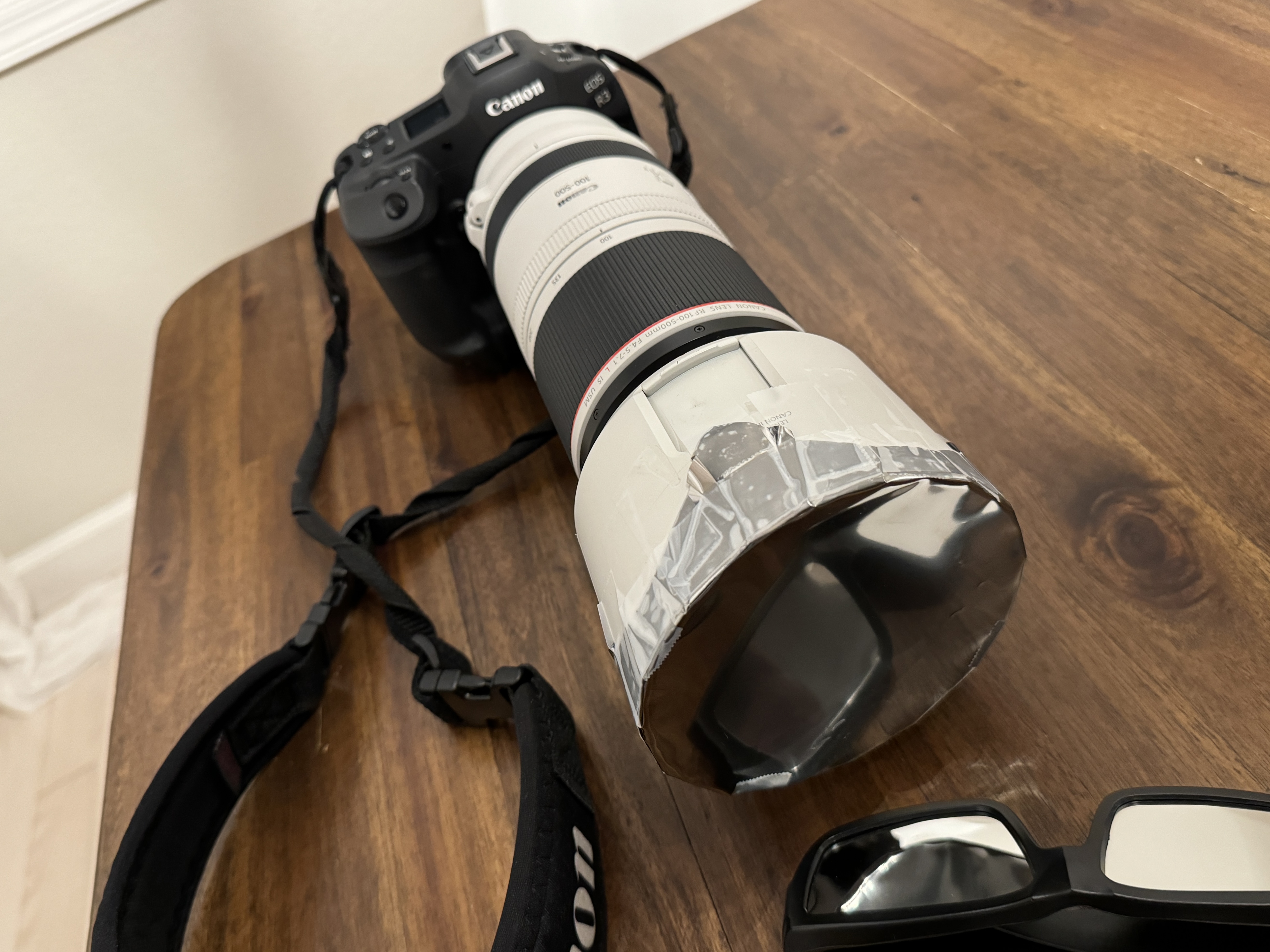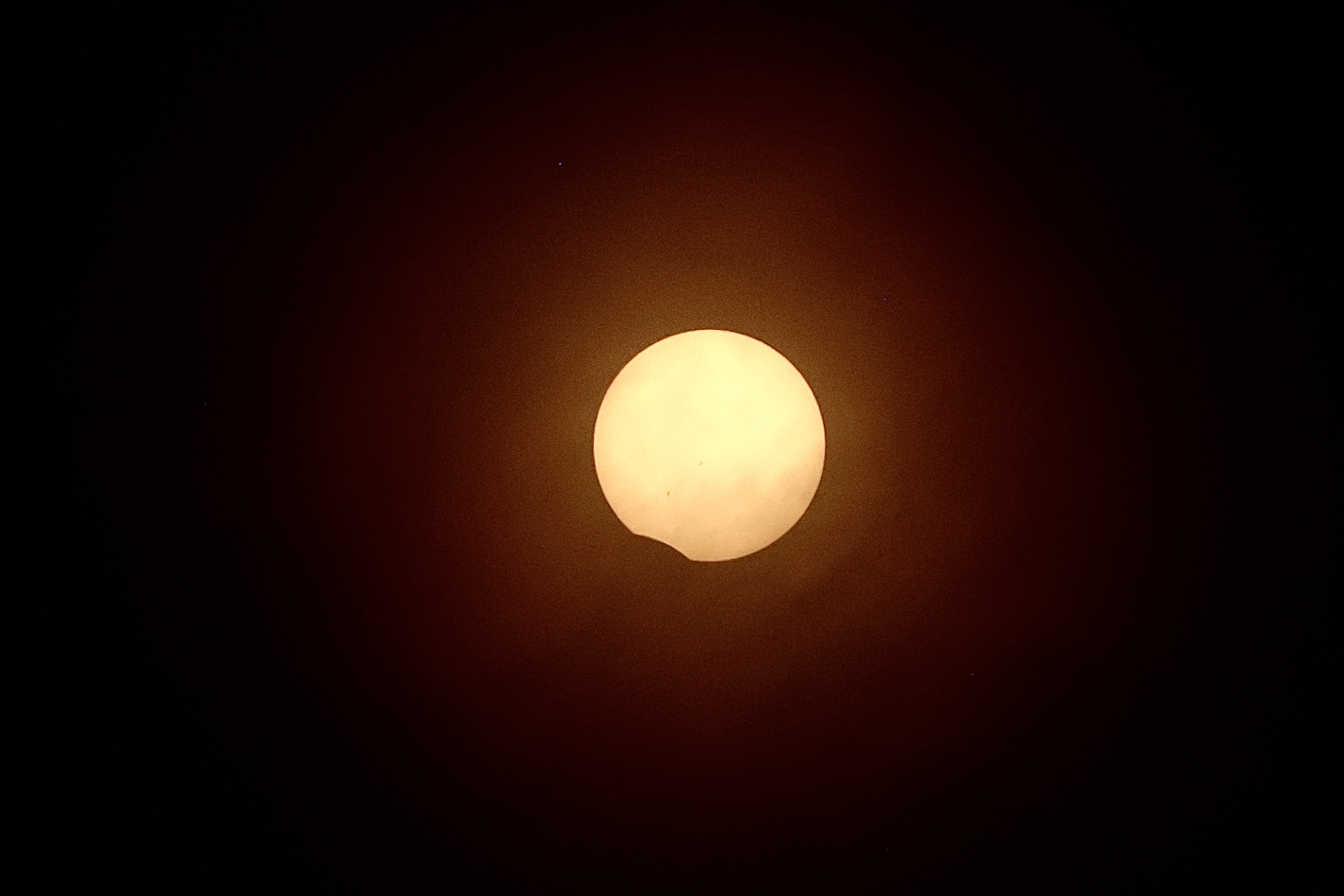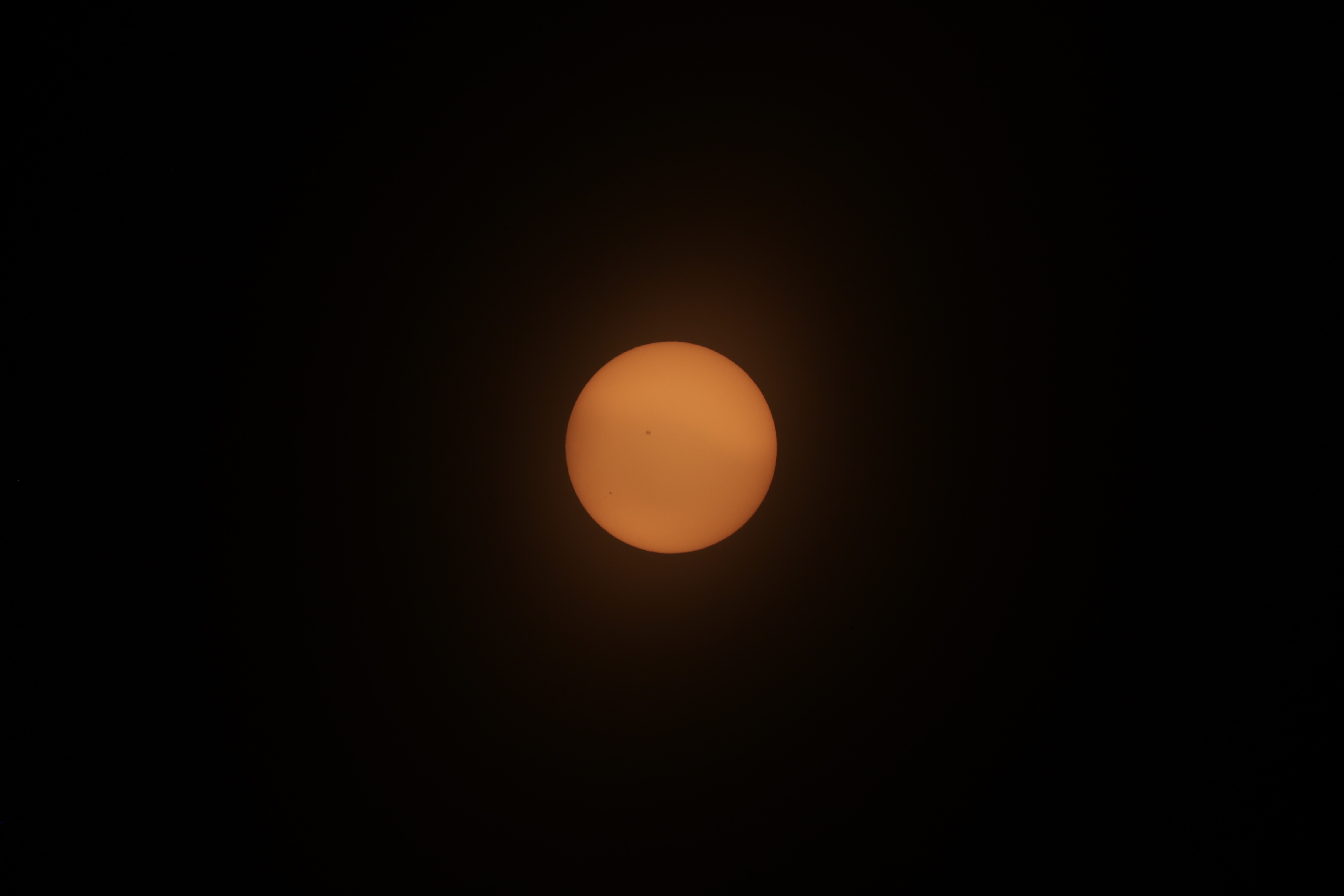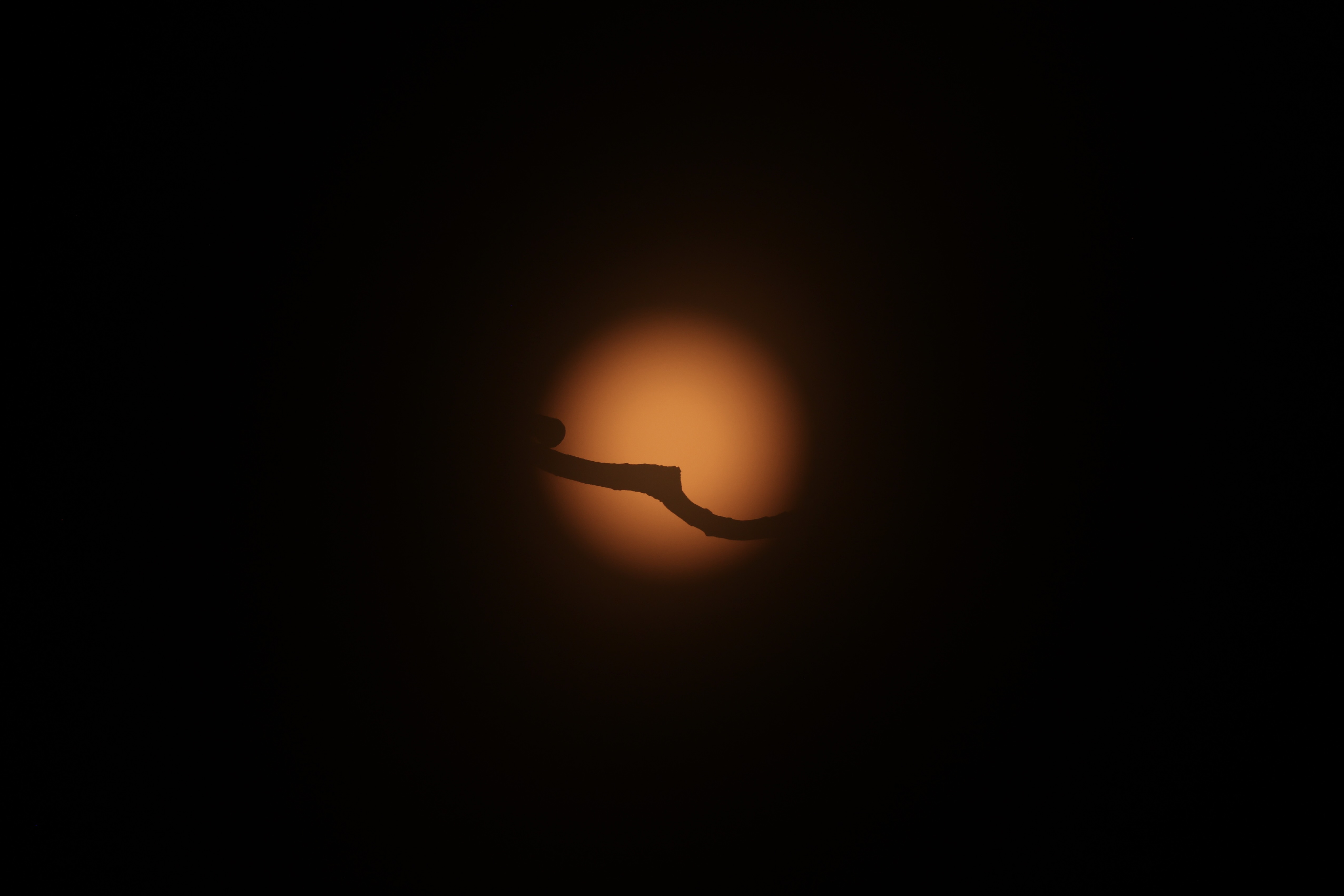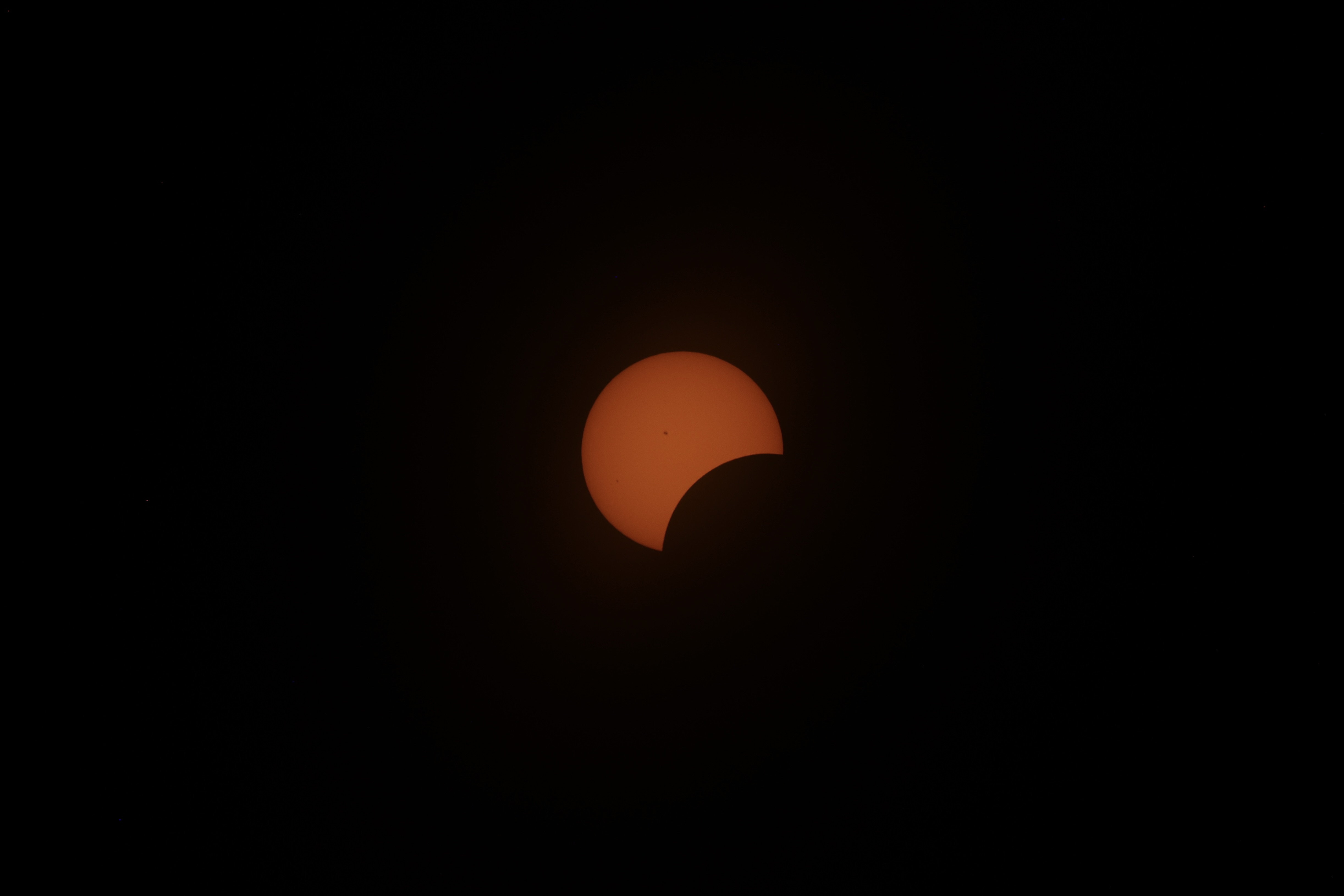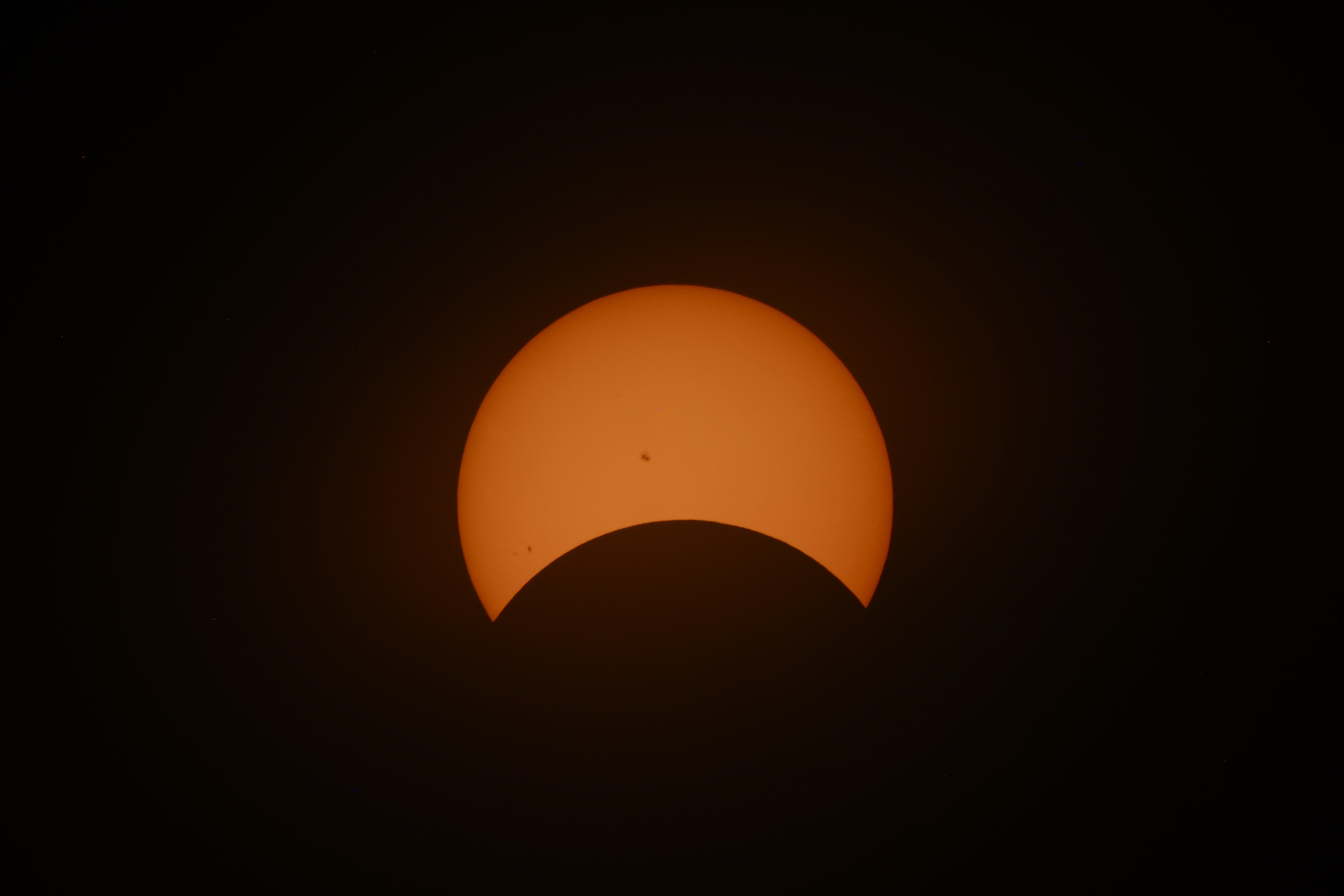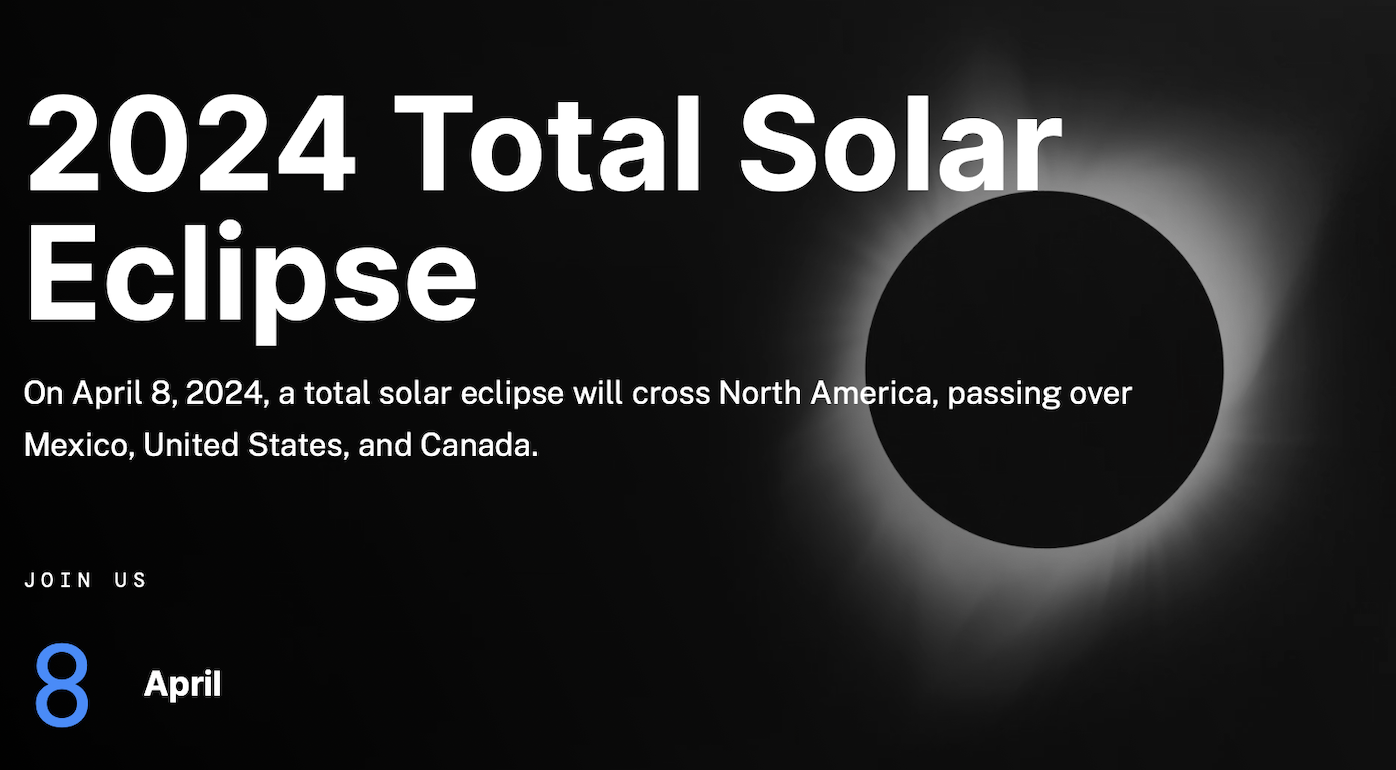
Â
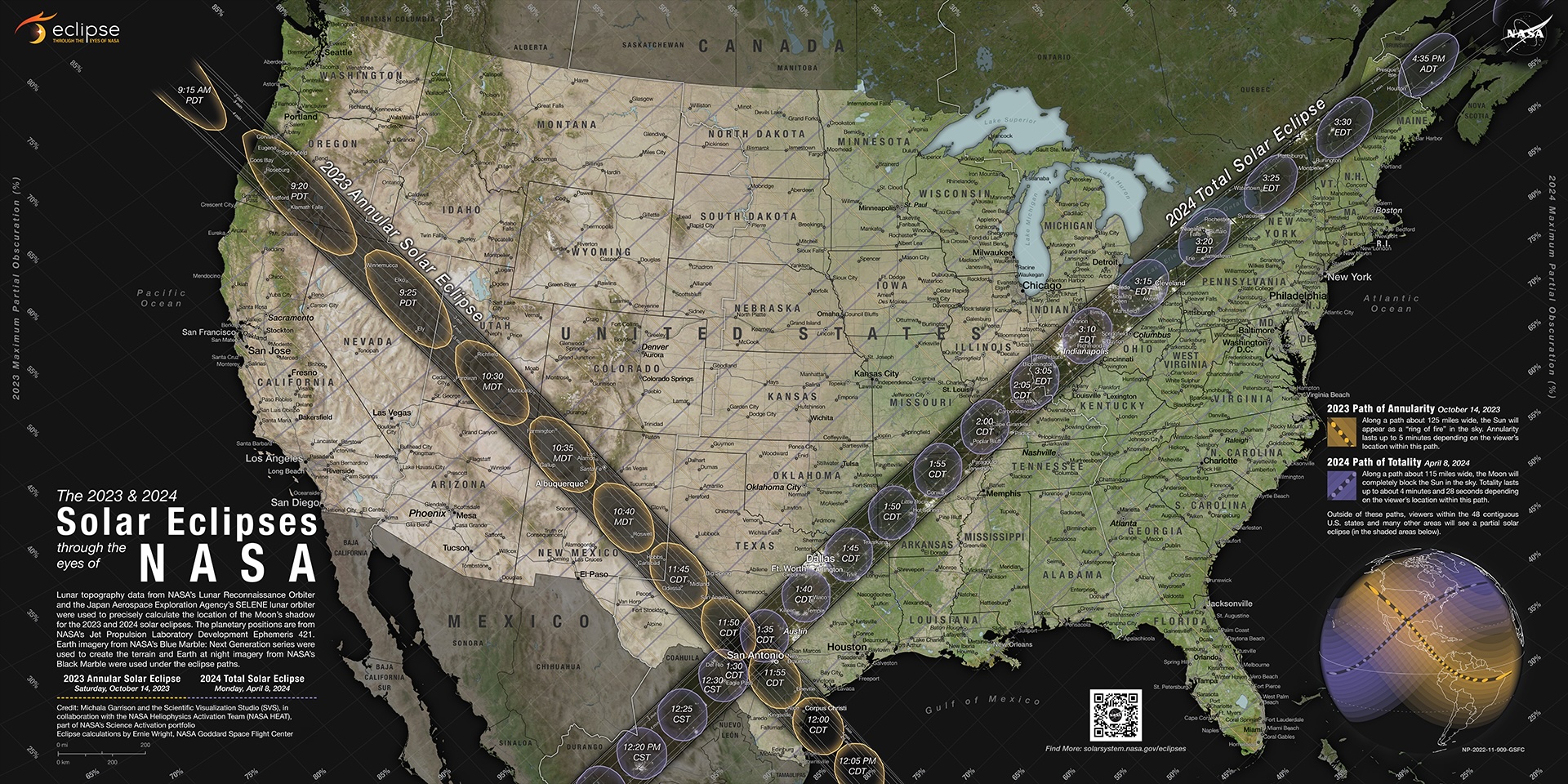
https://science.nasa.gov/eclipses/future-eclipses/eclipse-2024/
Â
Â
ìë 10ì 14ì¼ì ì´ì´ ë´ì¼ 4ì 8ì¼ìë 미êµìì ê°ê¸°ì¼ì ìëê±° ììì§ì?
ì´ë²ìë ë§ì ì ë³´ì¸ê³ íì주ë³ì¼ë¡ ë¹ì´ ë³´ì¸ë¤ê³ íë¤ì.
Â
ì ëë¡ ë³´ìë ¤ë©´ ìë ì§ìì¼ë¡ ê°ì ì¼ íëë° ì°ë¦¬ ì§ìì 35% ì ëê° ê°ë ¤ì§ë¤ê³ íë¤ì (10:15 a.m. ìì, 11:13 a.m. PEAK, 12: 16 p.m. ì ë.
Texas, Oklahoma, Arkansas. Missouri, Illinois, Kentucky, Indiana, Ohio, Pennsylvania, New York, Vermont, New Hampshire and Maine.
Â
ìì¸í ë´ì©ì ì¬ê¸°ì ë³´ì¸ì..
Â
âââ
How much of the eclipse will be visible in California?
California is not in the path of the total solar eclipse. But the West Coast will see parts of the eclipse.
Â
"If you're paying attention, you'll probably sense a little bit strangeness in the light," Krupp said. "It'll be a little off, not a lot. But, if you're able to watch it directly, you can see this operation of Newton's gravity happening right in front of your very eyes."
Â
In the Los Angeles area, people will see 48.6% of coverage of the sun, according to NASA. The process will begin just after 10 a.m., reach the peak at 11:12 a.m. and end at 12:21 p.m.
Â
In the Bay Area, people will see 35.9% of coverage of the sun. The process will begin just before 10:15 a.m., reach the peak at 11:13 a.m. and end at 12: 16 p.m.
Â





 Home
Home
 íì ê³µê°
íì ê³µê°

